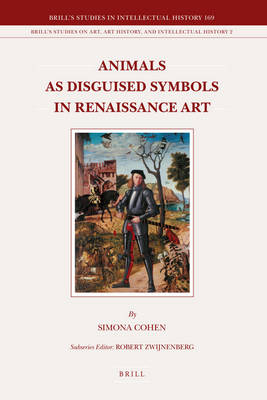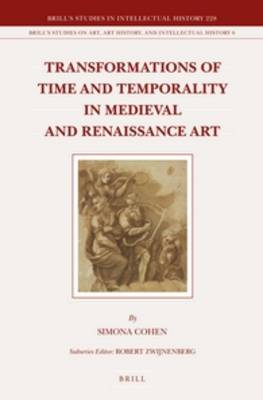Brill's Studies on Art, Art History, and Intellectual Histor
2 total works
The relationship between medieval animal symbolism and the iconography of animals in the Renaissance has scarcely been studied. Filling a gap in this significant field of Renaissance culture, in general, and its art, in particular, this book demonstrates the continuity and tenacity of medieval animal interpretations and symbolism, disguised under the veil of genre, religious or mythological narrative and scientific naturalism. An extensive introduction, dealing with relevant medieval and early Renaissance sources, is followed by a series of case studies that illustrate ways in which Renaissance artists revived conventional animal imagery in unprecedented contexts, investing them with new meanings, on a social, political, ethical, religious or psychological level, often by applying exegetical methodology in creating multiple semantic and iconographic levels.
Brill's Studies on Art, Art History, and Intellectual History, vol. 2
Brill's Studies on Art, Art History, and Intellectual History, vol. 2
Transformations of Time and Temporality in Medieval and Renaissance Art
by Simona Cohen
Published 1 January 2014
Although studies of specific time concepts, expressed in Renaissance philosophy and literature, have not been lacking, few art-historians have endeavored to meet the challenge in the visual arts. This book presents a multifaceted picture of the dynamic concepts of time and temporality in medieval and Renaissance art, adopted in speculative, ecclesiastical, socio-political, propagandist, moralistic, and poetic contexts. It has been assumed that time was conceived in a different way by those living in the Renaissance as compared to their medieval predecessors. Changing perceptions of time, an increasingly secular approach, the sense of self-determination rooted in the practical use and control of time, and the perception of time as a threat to human existence and achievements are demonstrated through artistic media. Chapters dealing with time in classical and medieval philosophy and art are followed by studies that focus on innovative aspects of Renaissance iconography.

